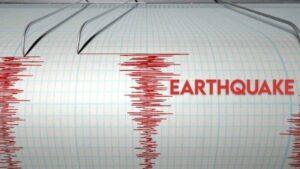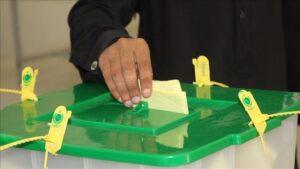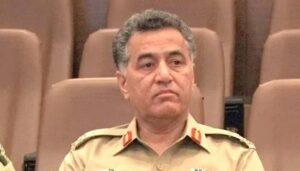Islamabad: The World Bank has reviewed the global income thresholds used to measure poverty, resulting in a large increase in Pakistan poverty staff, which is now 44.7%. However, experts warn that the updated figure cannot still completely capture current realities due to the dependence of obsolete data and expenses survey (HIES) 2018-19.
Washington headquarters on Thursday launched its new international poverty line to reflect the changes in the prices of goods and services and their implications in the global population.
The new poverty line for Pakistan, which is a lower average income country, is established at $ 4.20 per person per day, compared to $ 3.65, said Christina Wieser, the senior economist of the world bank’s poverty, while informing the media on Thursday.
She said that due to ascending review, for the lower average income level, the poverty ratio has increased from 39.8% of the level prior to 44.7% on the threshold of $ 4.20 per day of income.
Read more: Poverty is imaginatively evaluated, but the poor are still poor
The World Bank has also updated the extreme poverty line from $ 2.15 to $ 3 per person per day. Due to the review in the threshold, 16.5% of the Pakistani population lives in extreme poverty, compared to 4.9% under the anterior threshold of $ 2.15, said Christina.
She said that one of the reasons of such a high jump was that most people grouped around $ 2.15 to $ 3 per day of income, which resulted in a significant increase.
Around 82% of this increase in extreme poverty is due to the greatest value of the new international poverty line that reflects increases in national poverty lines of comparative countries, and the rest is explained by price increases in Pakistan between 2017 and 2021, according to the World Bank.
The World Bank has not used the latest population census data and, on the other hand, was based on the United Nations population set.
Christina also added that the underlying income and household expenses (HIES) 2018/19 survey has been used for national and international estimates. While international poverty lines are essential to track progress and global comparisons, national lines remain more appropriate to inform the country’s specific policy decisions, said the main economist.
Read too: Rethink poverty: the emergence of the new poor in Pakistan
Nothing that has affected since 2019 is included, nor the Covid-19 floods or the floods of 2022, since the baseline remains the same, Christina said while answering a question. We desperately expect the new integrated economic survey of households to update our baseline, he added.
Local economists had estimated a strong increase in poverty after the floods of 2022, which flooded a quarter of the country and negatively impacted populations in three provinces.
These updates to international poverty lines ensure that poverty estimates remain precise and comparable in all countries. The methodology remains consistent with the previous updates, continuing a practice that began with the introduction of the dollar line in 1990, according to the World Bank economist.
“Reviews help position Pakistan’s poverty levels in a global context and underline the importance of continuous efforts to reduce vulnerability and improve resilience,” said Najy Benhassine, country director of the World Bank of Pakistan.
For internal policy and program orientation, the national poverty line remains unchanged and continues to serve as the main reference point to evaluate poverty within Pakistan, said Christina.
The next evaluation of poverty, equity and resilience of the World Bank for Pakistan will provide a critical context to interpret these updated poverty estimates, he added. The report would offer a detailed update on poverty, inequality and non -monetary results, it will investigate the key drivers of poverty and describe a prospective agenda to improve prosperity and resistance for all Pakistani.
Read more: Project financed by the World Bank the cost of the costs of doubles after the review
According to the last officially available numbers of the Government, which are based on the 2018-19 survey, 21.9% of the population lived below the national poverty line. However, because national poverty lines differ widely, resulting poverty rates are not internationally comparable.
The need for new international poverty lines arises from evolving price levels and the cost of basic needs worldwide and within the income groups, according to Christina Wieer.
To maintain precise global comparisons, the World Bank periodically updates these poverty lines. International poverty estimates are based on personnel of people with consumption below the international poverty line, defined in purchasing power parities (PPP).
Pakistan is among the countries that experience the greatest changes in poverty by making the transition to 2021 PPP based on the International Low Income Poverty Line, according to the World Bank.
The World Bank said that the international poverty line should be used only for comparison and analysis through the country; To evaluate poverty in a particular country (Pakistan), the national poverty line remains the appropriate standard.
Reviews help position Pakistan’s poverty levels in a global context and underline the importance of continuous efforts to reduce vulnerability and improve resilience.
The new figures reflect the updated international thresholds and the improved data of other countries, not the deterioration in the standard of living, according to Christina.




